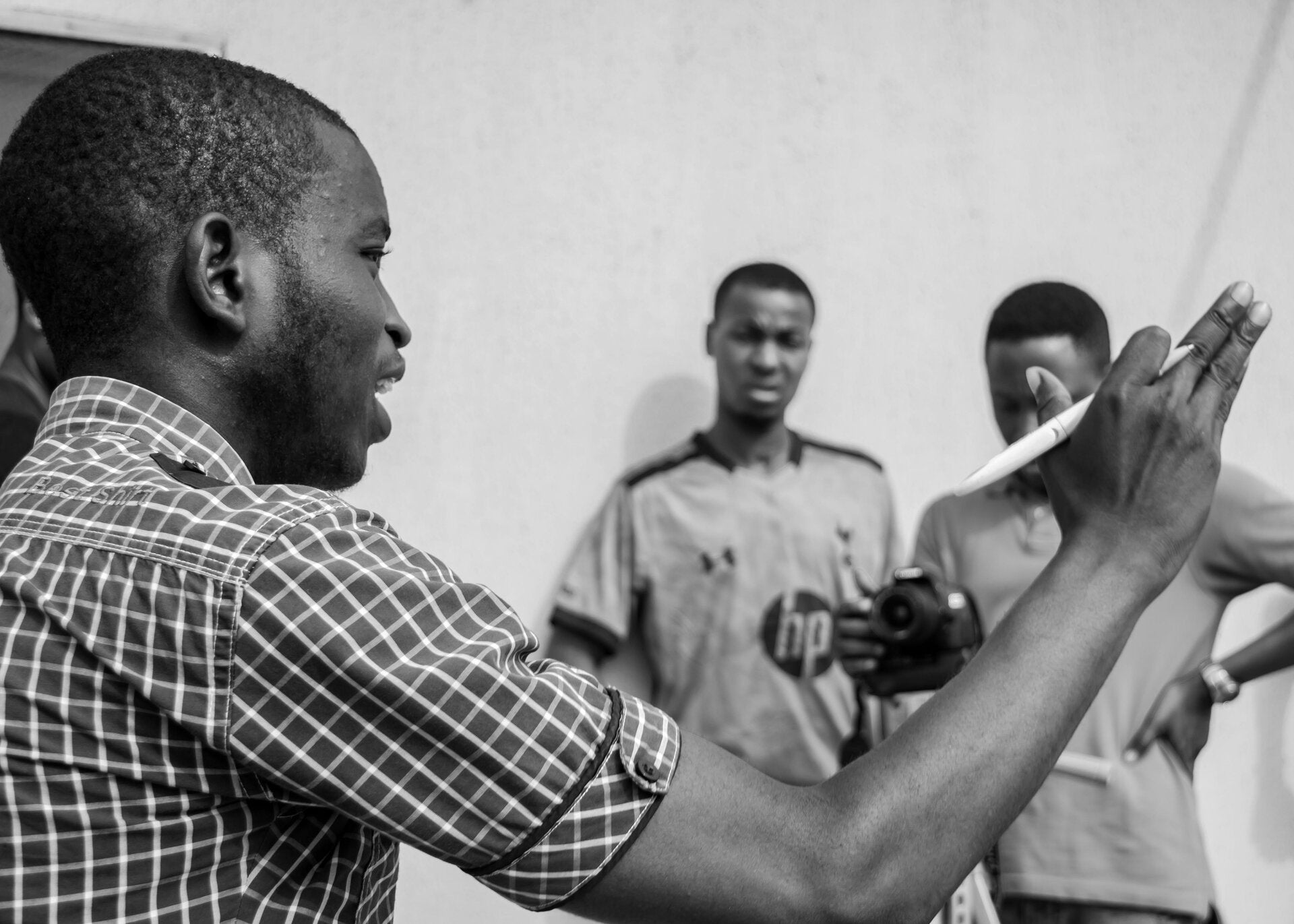Unforgotten Story of Seven Young Men Who Escaped the Sudanese Capital, Khartoum – September 1995
On the morning of September 10th, 1995, I called James Chol. I had something in mind that he wouldn’t have imagined. As soon as he picked up the phone, I rushed to tell him my plan: I wanted to leave for Ethiopia within a few days in search of education. I didn’t specify the exact day, but I asked if he was interested in joining me.
James asked, “Which route do you have in mind for our exit?”
I admitted I was unfamiliar with the eastern terrain, but I had heard that people often traveled east to work for Sudanese traders. I suggested we try the route through Gedaref, Doka, Tabar-Kala, and Wedh-Koli—a town near the Ethiopian border.
James scratched his head and asked, “Is there a way we can gather more information?”
I replied, “Absolutely! We can do that.”
We began reaching out to others who might be interested in joining us. Our message reached about 15 people, but only five responded positively. Those who joined were Ajuang Miaker, James Monyluak Mijok, Santino Monyluak Dudi Thonkuei, Kiir Chom, and Monyjok Deng. Together, we became a group of seven, optimistic about our chances despite the insecurity along the border.
On September 15th, 1995, we agreed to begin our journey. We took transportation to Suk-Shabi, a city southeast of Khartoum. There, we found several buses heading to Gedaref in eastern Sudan. We boarded a bus around 6 a.m. local time. Due to the weather and terrain, we arrived in Gedaref around 2 p.m. that same day. At the transportation center, we disembarked and searched for a place to sleep.
The next morning, September 16th, we boarded a lorry bound for Doka. We left Gedaref in the afternoon and arrived in Doka by evening. We spent 2–3 days there planning our next move. During that time, two men left to visit relatives in Thunun and Wet-Bharhim. Due to rumors of extreme insecurity at the border, they chose not to continue the journey. That reduced our group to five.
Determined to continue, on September 19th, we boarded a tractor owned by a Sudanese trader heading to Tabar-Kala—a small farming hub in eastern Sudan. We arrived at night. The environment felt very different, especially in terms of security. We were among the few southerners there, and although people were friendly, we suspected some might be government agents or spies. We found a place to sleep, though it wasn’t comfortable.
The next morning, we asked a farmer with a tractor for a ride to Wedh-Koli, a town about 350 km (217 miles) east of Khartoum. He proudly agreed and took us there. In Wedh-Koli, we were welcomed by Juach Miathiang, a relative who lived there. His hospitality was generous, and we appreciated it deeply. However, the general atmosphere was hostile locals were unfriendly, especially toward southerners, who were viewed as enemies of the state or opposition sympathizers. This made our stay uncomfortable.
On September 29th, we met a farmer whose land was across a small creek. He sent his son to escort us to inspect the sesame crop, hoping we’d accept a labor contract. After arriving at Combo, we reached an agreement with the Wu-kil (manager) and signed the contract. We requested five flashlights, extra batteries, and several kilograms of sugar. The next evening, the farmer’s son returned with all the items.
After the farmers left our remote area (Taya), we made further plans. Around 7–8 p.m., we left the farm and traveled through the night toward the Sudan-Ethiopia border. At midnight, we reached the last farm owned by a Sudanese trader and slept there. At 3 a.m., we resumed our journey, spending several hours under the mountain slopes and valleys.
On October 7th, around 7 a.m., we followed a small road toward Ethiopia but were ambushed by the Ethiopian army. They interrogated us and ordered us to return to Sudan, escorting us back 3 km (1.8 miles) before returning to their barracks.
Still determined, we switched to underground routes through creeks and successfully crossed into Ethiopia. Upon arrival at the Ethiopian schemes, we were told to wait 5–7 days until sesame harvest began. On November 15th, we started harvesting, and within 13 days, we completed the work.
Afterward, we traveled to Wet-Dharafi, a small industrial town in the Hamara region. After receiving our wages, we felt our efforts had paid off and moved on to Humera. Our group of five remained intact.
In Humera, we were visited by a team from the SPLA (Sudan People’s Liberation Army) who had come from Eritrea. They spent five days discussing SPLA progress and recruitment. At that point, James Chol and Ajuang Miaker decided to join the SPLA and left for Omaja, Eritrea, where SPLA fighters were being trained.
The remaining three—myself, Santino Monyluak, and James Monyluak—headed to Fugnido refugee camp in Region 12, headquartered in Gambella, Ethiopia. On January 17, 1996, we departed Humera for Addis Ababa, arriving on January 19th after a two-day road journey.
After a month in Addis Ababa, we left on March 3rd for Gambella, arriving on March 6th. In Gambella, we reunited with old friends, many of whom had been separated since 1991 in Nasir—about five years earlier. On March 8th, we finally reached Fugnido refugee camp.
Reflection
The escape from Khartoum remains a powerful and unforgettable memory. It serves as a reminder to all who have faced similar struggles, highlighting the strength and resilience of those who dared to seek a better future.




Create Your Own Website With Webador